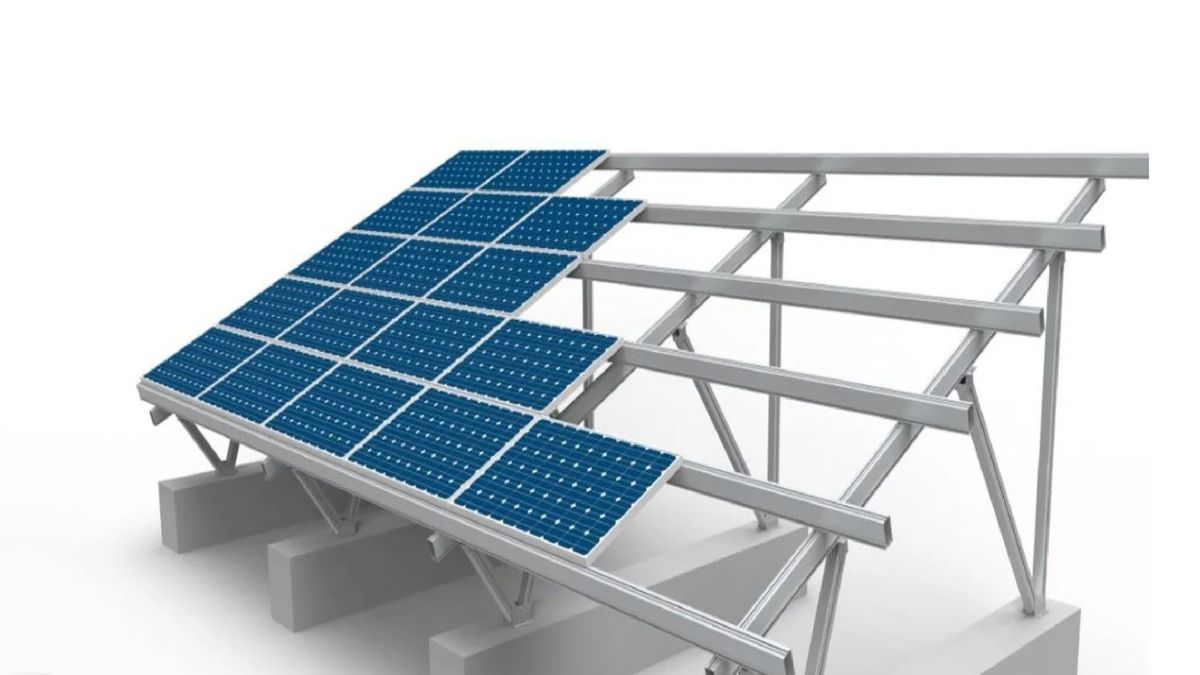With the growing global focus on renewable energy and sustainable land management, elevated solar structures have emerged as an innovative solution to the land-use dilemma. These systems allow for dual land use, enabling clean energy generation without compromising the primary function of the land—be it agriculture, transportation, or commercial use.
READ MORE: Best Water Cooler in Pakistan 2025 – Top Models, Features, Prices & Buying Guide
What Are Elevated Solar Structures?
Elevated solar structures involve installing solar photovoltaic (PV) panels at a raised height (typically 2–5 meters), allowing for continued use of the space beneath. This approach is applicable across various sectors, supporting:
- Agriculture (agrivoltaics)
- Parking and transportation infrastructure
- Industrial storage or open yards
- Walkways and recreational spaces
- Irrigation canals and water bodies
Read More: Nothing Ear (1) Launched — A New Era for Wireless Headphones Begins
Types of Elevated Solar Installations
| Type | Description |
|---|---|
| Agrivoltaic Systems | Solar panels elevated over farmland, enabling simultaneous crop cultivation and energy production. |
| Solar Carports | Shaded parking areas powered by solar energy, often used in urban and commercial zones. |
| Solar Greenhouses & Pergolas | Multi-functional spaces for both plant growth and renewable energy. |
| Canal-Top Solar Systems | Panels installed over irrigation canals to generate energy while reducing water evaporation. |
Key Benefits
1. Dual Land Utilization
- Enhances the productivity of limited land resources.
- Particularly effective in densely populated or land-constrained areas.
2. Renewable Energy Generation
- Contributes significantly to clean energy targets and carbon reduction goals.
- Reduces dependency on fossil fuels.
3. Agricultural Enhancement
- Provides partial shading, improving conditions for certain crops.
- Minimizes water evaporation and heat stress.
- Reduces the need for irrigation, boosting sustainability.
4. Economic Viability
- Generates additional revenue through energy production or land leasing.
- Improves return on investment (ROI) for landowners and farmers.
5. Urban Heat Reduction
- Solar canopies lower ground-level temperatures in cities and parking areas.
- Creates cooler, shaded public spaces.
Applications Across Key Sectors
| Sector | Application |
|---|---|
| Agriculture | Agrivoltaic systems over crops (e.g., tomatoes, lettuce, berries) |
| Transportation | Solar carports and highway installations |
| Urban Infrastructure | Solar-integrated parks, pedestrian zones, and public spaces |
| Industrial Zones | Elevated PVs over warehouses, open yards, and factories |
| Water Management | Canal-top solar systems to prevent evaporation and generate power |
Read More: Pace Telecom 2025: Latest Internet Packages, Services & Coverage Updates
Real-World Case Studies
India – Canal-Top Solar Projects
States like Gujarat and Punjab have implemented solar installations over canals, simultaneously conserving water and producing electricity.
USA – Jack’s Solar Garden (Colorado)
A pioneering agrivoltaic farm where elevated panels allow for efficient vegetable production, water conservation, and clean energy generation.
France – Sun’Agri
Deploys intelligent tracking systems to adjust solar panel angles based on crop sunlight needs, improving agricultural yields and energy efficiency.
UAE – Smart Solar Parking
Urban solar carports integrated with EV charging stations contribute to sustainable mobility while reducing parking lot heat.
Challenges to Implementation
| Challenge | Details |
|---|---|
| Higher Initial Costs | Elevated designs require more structural support and engineering. |
| Maintenance & Accessibility | Structures must be safely accessible for repairs and cleaning. |
| Engineering Complexity | Wind loads and structural stability must be considered at elevated heights. |
| Crop Compatibility | Only specific crops thrive under partially shaded environments. |
| Regulatory Hurdles | Land-use policies may need to adapt to dual-purpose use cases. |
Technological Advancements
- Bifacial Solar Panels: Capture light from both sides, increasing energy yield.
- Smart Panel Tracking: Adjusts panel orientation for optimal sunlight distribution.
- IoT & AI Integration: Monitors crop health and solar efficiency in real-time.
- Floating-Elevated Hybrids: Utilized in flood-prone or aquaculture zones.
Environmental and Economic Impact
Environmental
- Reduces carbon footprint and mitigates climate change.
- Enhances biodiversity and improves soil conditions in agricultural lands.
Economic
- Increases farmer income through energy sales or lease agreements.
- Attracts investment and government subsidies for sustainable energy projects.
- Lowers electricity costs for businesses and municipalities.
Future Outlook
As governments and industries accelerate their transition to clean energy, elevated solar structures are poised to play a critical role in sustainable development. With supportive policies, technological innovation, and stakeholder collaboration, these systems can be integrated across rural and urban landscapes, maximizing land use while addressing energy and food security challenges.
Conclusion
Elevated solar structures offer a visionary approach to balancing land use with energy needs. By enabling dual-purpose land functionality, they provide tangible environmental, economic, and social benefits. From farmlands to cityscapes, these systems represent a smart, scalable, and sustainable solution for the energy future. Stay updated with: Bloom Pakistan
Read More: Nintendo Switch in Pakistan: Price, Availability & Features – Full Guide (2025)









